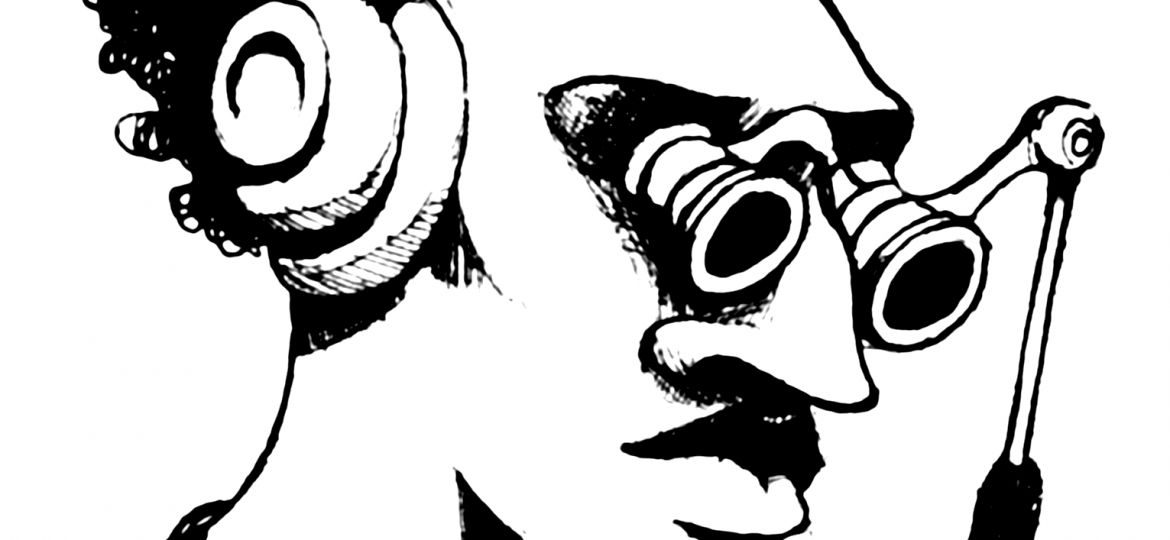
There is nothing quite like watching a classic film in a cinema. As anybody who has been lucky enough to watch a restored, re-edited or otherwise redistributed classic in a theatre can confirm, it is an unforgettable cinematic experience. However, redistributions of classic films are not exactly common, leaving such opprotunities even more valuable. Case in point: this fall, audiences had the chance to revisit Francis Ford Coppola’s Vietnam war classic “Apocalypse Now” in the form of its newest rendition, “Apocalypse Now Final Cut.”
Throughout the 1970s, Coppola had cinematic Midas touch, directing classics such as “The Godfather I-II” and “The Conversation.” But his true masterwork of the decade might just be “Apocalypse Now,” one of the haziest and trippiest visions of war ever committed to the big screen. Upon its much-anticipated release in 1979, it was an immediate success, receiving Oscar nominations (winning two: Best Sound Mixing and Best Cinematography), $150M in box office returns (versus a $31M budget), Cannes’ prestigious Palme d’Or and an indispensable place in American pop culture.
Despite the film’s overwhelming success, Coppola was unsatisfied with his final product. In 2001, the Coppola-supervised “Apocalypse Now Redux” – a new cut of the film featuring nearly 50 minutes of new footage – was released. This re-edit served as a sort of director’s cut of the film and, like many re-edits throughout film history, it became a fierce point of contention for fans. While many viewers praise “Redux” for its added humour and attention to historical detail, others lament its interference with the film’s bleak tone and measured pacing. For years, fans have debated endlessly about the merits of each cut, with no definitive answer as to which one is the “true” way to experience “Apocalypse Now.”
Ever the perfectionist, Coppola has apparently taken one more stab at the project, as yet another cut of the film, “Apocalypse Now Final Cut,” has been added to the conversation. “Final Cut,” consisting of more footage than the original cut yet less footage than “Redux” (yet with no wholly new footage). For many, this will stand as the definitive cut of the film.
Based on Joseph Conrad’s classic novella “Heart of Darkness” (1899), “Apocalypse Now” is a film that follows a disturbed soldier, Captain Willard (Martin Sheen) and his mission to assassinate a colonel gone rogue, Colonel Kurtz (Marlon Brando). But what exactly does “Final Cut”’s additional footage (this time adding about 30 minutes to the original’s runtime) contribute to Willard’s twisted riverbound voyage to Kurtz? Essentially, “Final Cut” functions as a trimmed down “Redux,” containing all of the additional material in “Redux,” except for a few specific scenes.
The most significant – and controversial – section exclusive to both “Redux” and “Final Cut” is a lengthy sequence near the end of the second act in which Willard and his men discover a French plantation near the end of their journey to Kurtz. This scene of Frenchmen and romance is a double-edged sword of the film. It adds much in the way of historical accuracy (detailing French-Indochina colonization) while simultaneously halting the pace of a film spiraling closer and closer to its climax. Also found in both “Redux” and “Final Cut” is the amusing scene in which Willard snatches a surfboard from Robert Duvall’s iconic Colonel Kilgore. While some argue that this scene disturbs “Apocalypse Now”‘s relentlessly grim tone, it is undeniable that it is one of the funniest in any cut of the film, and it adds a great deal of character to the normally dour Willard.
It’s interesting, too, to note the scenes Coppola considered integral back in 2001 when editing “Redux” that he has once again removed for “Final Cut.” Missing from “Final Cut,” yet home to “Redux,” is one scene in which the group of soldiers run into the Playboy bunnies from an earlier scene. As the longest “extra” scene cut from “Redux,” this scene furthers the psychedelic, grungy atmosphere of the film at the expense of making our group of main characters appear even more grimy. It appears that Coppola has deemed this scene unnecessary to the “Apocalypse Now” experience after all. One other bit missing from “Redux” in “Final Cut” is a brief clip of Kurtz surrounded by children reading a magazine article. This was the only scene featuring Kurtz in the sunlight in any of the film’s versions, and its exclusion from “Final Cut” maintains the darkly mysterious aura Kurtz held in the original cut.
It isn’t often that classic films return to the silver screen of the cinema; it is rarer, still, that a classic film will return re-edited. For “Apocalypse Now,” this has happened – twice. “Final Cut” is the latest (and last?) rendition of a cultural relic, a frenetic time capsule, an intoxicating journey to the heart of mankind. For the modern moviegoer, there are unlikely to be any opportunities quite like “Apocalypse Now Final Cut”– at least, not until Coppola becomes unsatisfied and picks up the editing scissors yet again.

